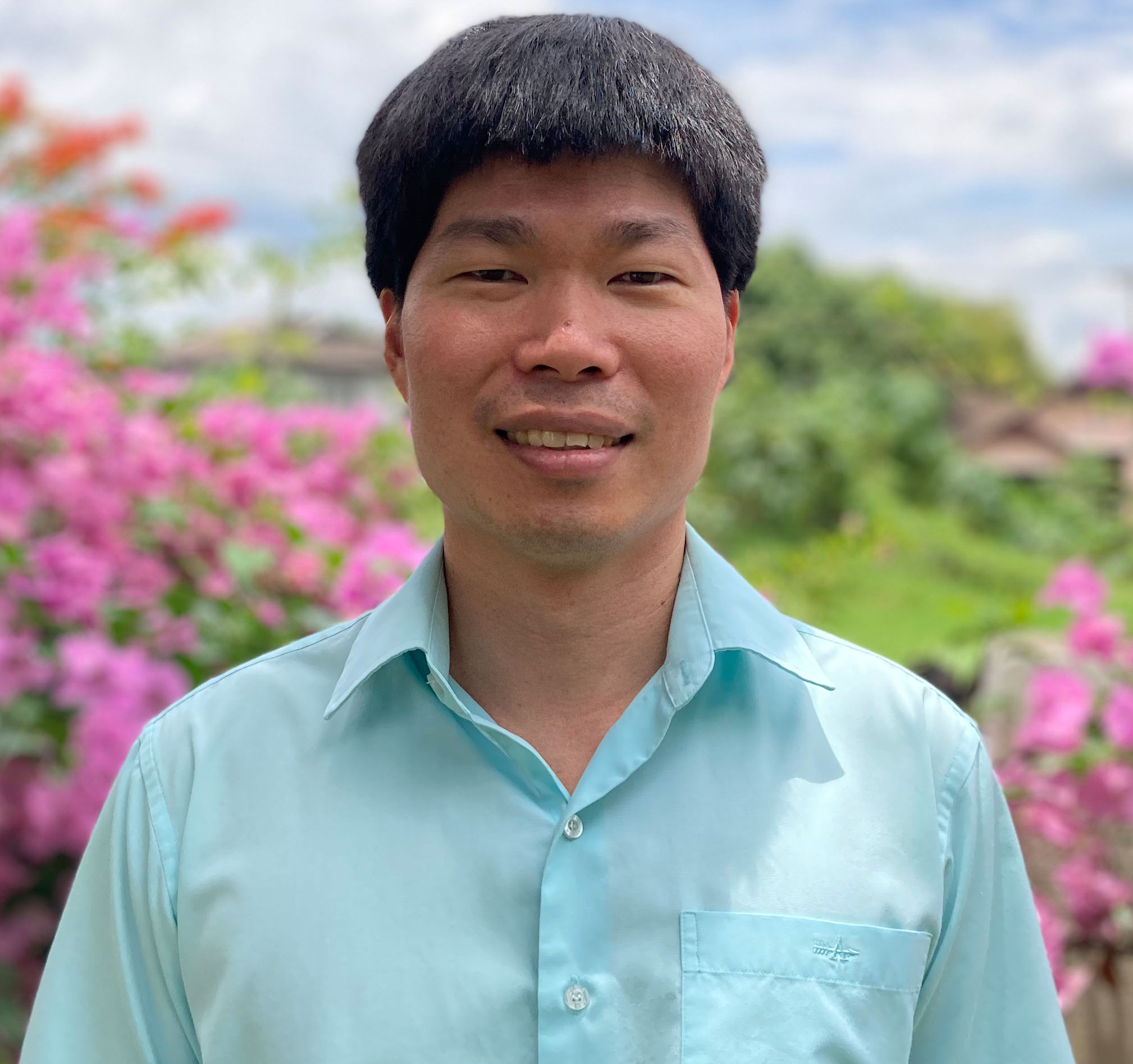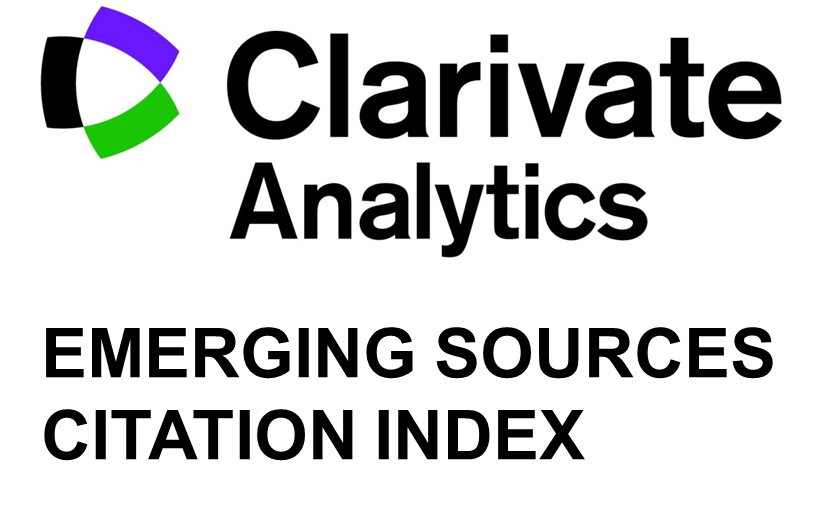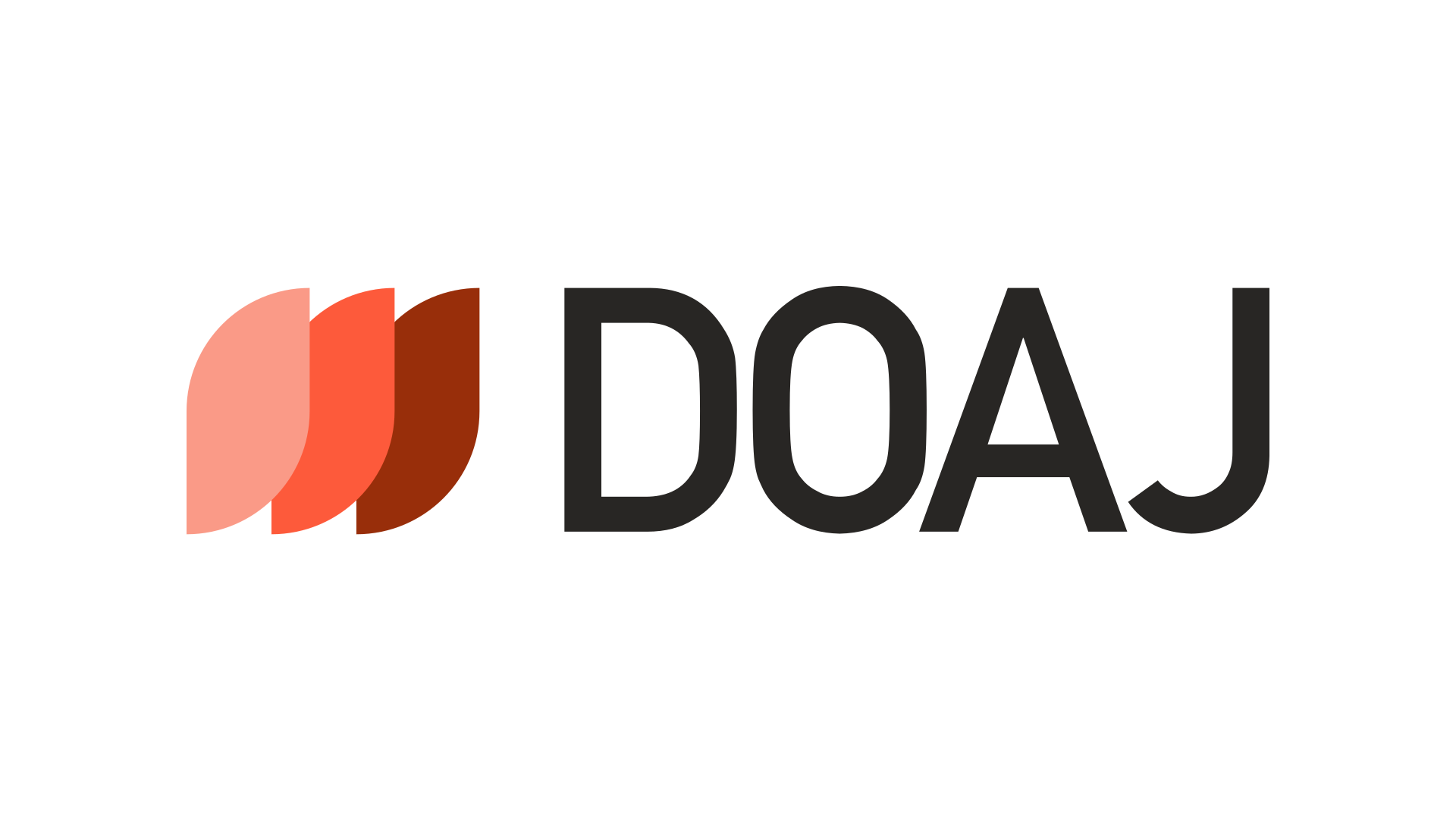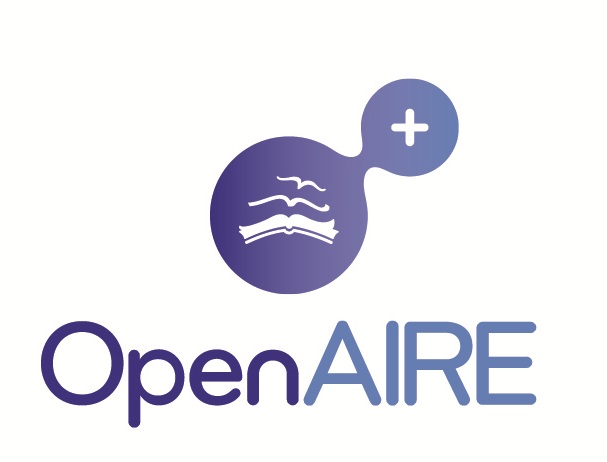Darius Andriukaitis
Kaunas University of Technology, Lithuania
Alexander Argyros
The University of Sydney, Australia
Radu Arsinte
Technical University of Cluj Napoca, Romania
Ivan Baronak
Slovak University of Technology, Slovakia
Khosrow Behbehani
The University of Texas at Arlington, United States
Mohamed El Hachemi Benbouzid
University of Brest, France
Dalibor Biolek
University of Defence, Czech Republic
Klara Capova
University of Zilina, Slovakia
Erik Chromy
UPC Broadband Slovakia, Slovakia
Milan Dado
University of Zilina, Slovakia
Petr Drexler
Brno University of Technology, Czech Republic
Eva Gescheidtova
Brno University of Technology, Czech Republic
Ray-Guang Cheng
National Taiwan University of Science and Technology, Taiwan, Province of China
Gokhan Hakki Ilk
Ankara University, Turkey
Janusz Jezewski
Institute of Medical Technology and Equipment, Poland
Rene Kalus
VSB - Technical University of Ostrava, Czech Republic
Ivan Kasik
Academy of Sciences of the Czech Republic, Czech Republic
Jan Kohout
University of Defence, Czech Republic
Ondrej Krejcar
University of Hradec Kralove, Czech Republic
Miroslaw Luft
Technical University of Radom, Poland
Stanislav Marchevsky
Technical University of Kosice, Slovakia
Byung-Seo Kim
Hongik University, Korea
Valeriy Arkhin
Buryat State University, Russia
Rupak Kharel
University of Huddersfield, United Kingdom
Fayaz Hussain
Ton Duc Thang University, Vietnam
Peppino Fazio
Ca’ Foscari University of Venice, Italy
Fazel Mohammadi
University of New Haven, United States of America
Thang Trung Nguyen
Ton Duc Thang University, Vietnam
Le Anh Vu
Ton Duc Thang University, Vietnam
Miroslav Voznak
VSB - Technical University of Ostrava, Czech Republic
Zbigniew Leonowicz
Wroclaw University of Science and Technology, Poland
Wasiu Oyewole Popoola
The University of Edinburgh, United Kingdom
Yuriy S. Shmaliy
Guanajuato University, Mexico
Lorand Szabo
Technical University of Cluj Napoca, Romania
Tran Trung Duy
Posts and Telecommunications Institute of Technology, Ho Chi Minh City, Vietnam
Xingwang Li
Henan Polytechnic University, China
Huynh Van Van
Ton Duc Thang University, Vietnam
Lubos Rejfek
University of Pardubice, Czech Republic
Neeta Pandey
Delhi Technological University, India
Huynh The Thien
Ho Chi Minh City University of Technology and Education, Vietnam
Mauro Tropea
DIMES Department of University of Calabria, Italy
Gaojian Huang
Henan Polytechnic University, China
Nguyen Quang Sang
Ho Chi Minh City University of Transport, Vietnam
Anh-Tu Le
Ho Chi Minh City University of Transport, Vietnam
Phu Tran Tin
Ton Duc Thang University, Vietnam























